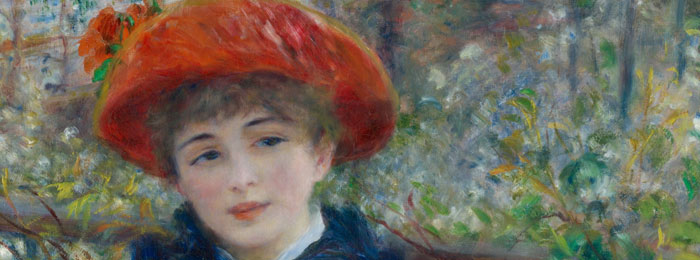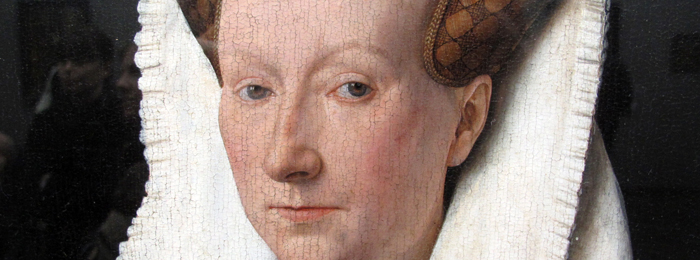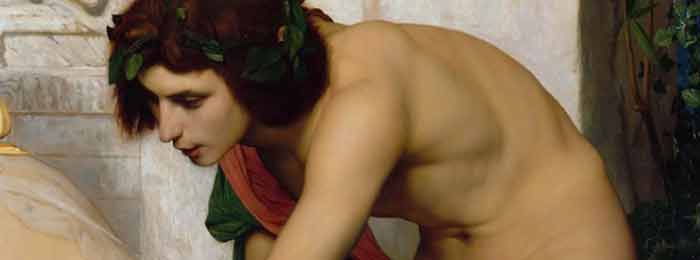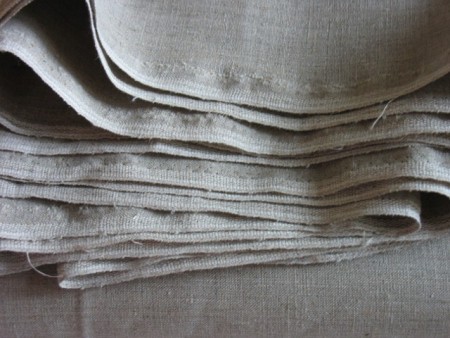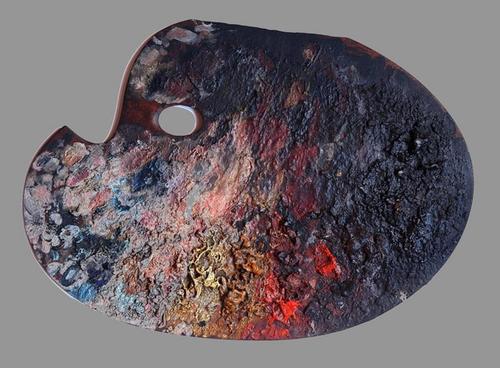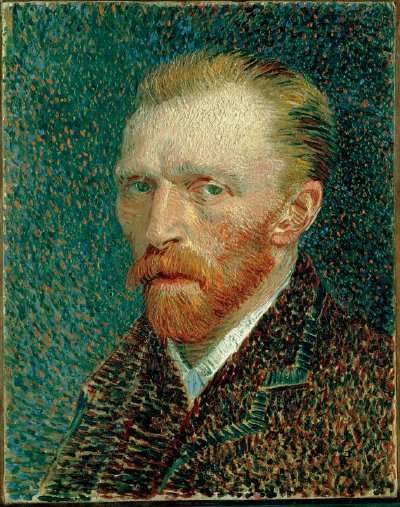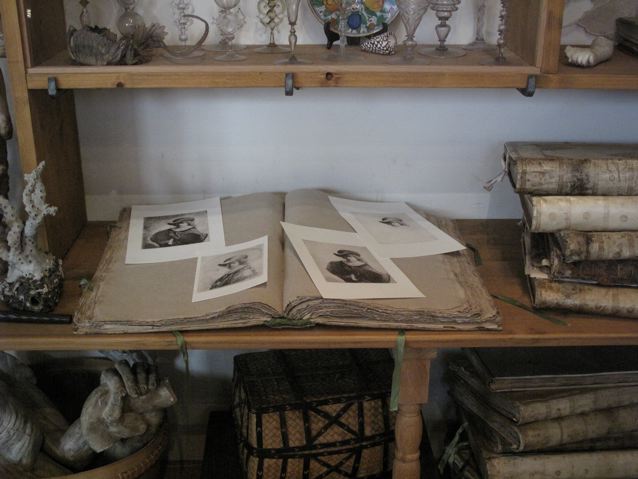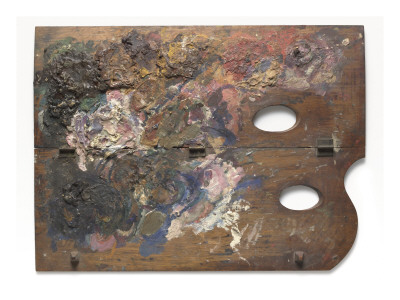On 28 Aug, 2015 With
Renoir’s Palette Pierre-Auguste Renoir was a French artist who was a leading painter in the development of the Impressionist style. As a celebrator of beauty, and especially feminine sensuality, it has been said that “Renoir is the final representative of a tradition which runs directly from Rubens to Watteau.” Renoir’s paintings are notable for their vibrant light and saturated color, most often focusing on people in intimate and candid compositions. The female nude was one of his primary subjects. In characteristic Impressionist style, Renoir suggested the details of a scene through freely brushed touches of color, so that his figures softly fuse with one another and their surroundings. One of the best known Impressionist works is Renoir’s 1876 Dance at Le…
Read More
On 18 Jul, 2015 With
Glazing Painting Techniques So, here I’ll give you way too much information on glazing (or indirect painting). But you can pick out what you need and forget the rest. It’ll be right here if you ever change your mind. Here’s the first rule (yes, in art rules are for breaking, but you have to understand the rule before you can break it most effectively) Fat Over Lean All mediums are fat, all opaque pigments without medium are lean. You want to paint opaquely first, with little or no medium. In subsequent layers you can move to using more medium because the oil will soak through to the first layer. Also, you don’t want the under layer to dry slower than…
Read More
On 28 Jun, 2015 With
Clothed female, naked male in Art Clothed female, naked (or nude) male is a genre of erotica featuring one or more nude men and one or more clothed women. In classical antiquity, the portrayal of nude male form in art (including the exposure of genitals) was considered to be more acceptable than that of the naked female form. This can be seen in the comparative portrayal of the classical theme of Perseus and Andromeda. In a wall painting of ancient Pompeii, Perseus is nude while Andromeda is fully clothed. By the renaissance, this view had reversed. For example, in Titian’s treatment of Perseus and Andromeda in mid-1550s, however, it is Andromeda who is nude – save for the barest wisp of fabric – while Perseus is clothed in armour. Depictions of…
Read More
On 9 Aug, 2012 With
Oil painting materials: Grounds Grounds.—The color of the grounds should be of interest to you. Canvases are prepared for the market usually in three colors,—a sort of cool gray, a warm light ochrish yellow, and a cool pinkish gray. Which is best is a matter of personal liking. It would be well to consider what the effect of the ground will be on the future condition of the picture when the colors begin to effect each other, as they inevitably will sooner or later. Vibert in his “La Science de la Peinture” advocates a white ground. He says that as the color will be sure to darken somewhat with time, it is well that the ground should have as little to do…
Read More
On 1 Aug, 2012 With
How to economize on Oil Painting Tools There is a false implication in the saying that “a poor workman blames his tools.” It is not true that a good workman can do good work with bad tools. On the contrary, the good workman sees to it that he has good tools, and makes it a part of his good workmanship that they are in good condition. In painting there is nothing that will cause you more trouble than bad materials. You can get along with few materials, but you cannot get along with bad ones. That is not the place to economize. To do good work is difficult at best. Economize where it will not be a hindrance to you. Your…
Read More
On 28 Nov, 2011 With
Léon Bonnat’s Palette Prussian blue Cremnitz white Naples yellow Yellow ochre Light red Vermilion Alizarin crimson Burnt sienna Ivory black Bitumen (Bonnat only used this color for glazing) Bonnat’s medium: 1 part Courtai siccative and 1 part turpentine. Bonnat used this medium in the shadows only. Support: White oil ground
Read More
On 22 Nov, 2011 With
Vincent van Gogh’s Palette Yellow ocher Chrome yellow Cadmium yellow Chrome orange Vermilion Prussian blue Ultramarine Lead white Zzinc white Emerald green Red lake Red ocher Raw sienna Black
Read More
On 9 Sep, 2011 With
The former residence of Dutch painter Rembrandt van Rijn has been restored to its former glory; the way it was when Rembrandt lived here in the 17th century. Everything’s there: his studio, his living quarters and his art. You’ll most definitely be surprised by his curiosity cabinet. When Rembrandt filed bankruptcy in 1656 an inventory was made and his valuable possessions were sold. Thankfully the list with Rembrandt’s inventory was saved and that’s how you can get a representative glimpse on Rembrandt’s life today. Besides the rooms of the house, the Rembrandt House Museum shows: Paintings by Rembrandt’s contemporaries, his pupils and his teacher ‘Pieter Lastman’. Rembrandt’s graphical work: The museum harbors a large collection of 260 Rembrandt etchings (in…
Read More
On 5 Sep, 2011 With
Palettes of Famous Artists Gauguin believed in: “Pure colour! Everything must be sacrificed to it.” Yet, overall, his tones were muted, and quite close together. Marion-Boddy Evans draws our attention to a portable palette found in his painting studio after he died, from which it would appear Gauguin didn’t lay out his colours in any particular order. Nor does he seem to have ever cleaned his palette, instead mixing fresh colours on top of dried-up paint.
Read More
On 22 Aug, 2011 With
Anders Zorn is the famous Swedish painter. He is famous for his paintings of the people of Dalarna, the part of Sweden where he was born, and his nudes in the open space. He earned a world-wide reputation as a portraitist. He made seven journeys to the USA. His models included three different American presidents. His art made him wealthy and he was thus able to build up a considerable collection of art. The objects were not only bought in his native country but also during the many travels he made abroad. In their joint will, Anders and Emma Zorn donated their entire holdings to the Swedish State. Some of his most important works can be seen at the National…
Read More


